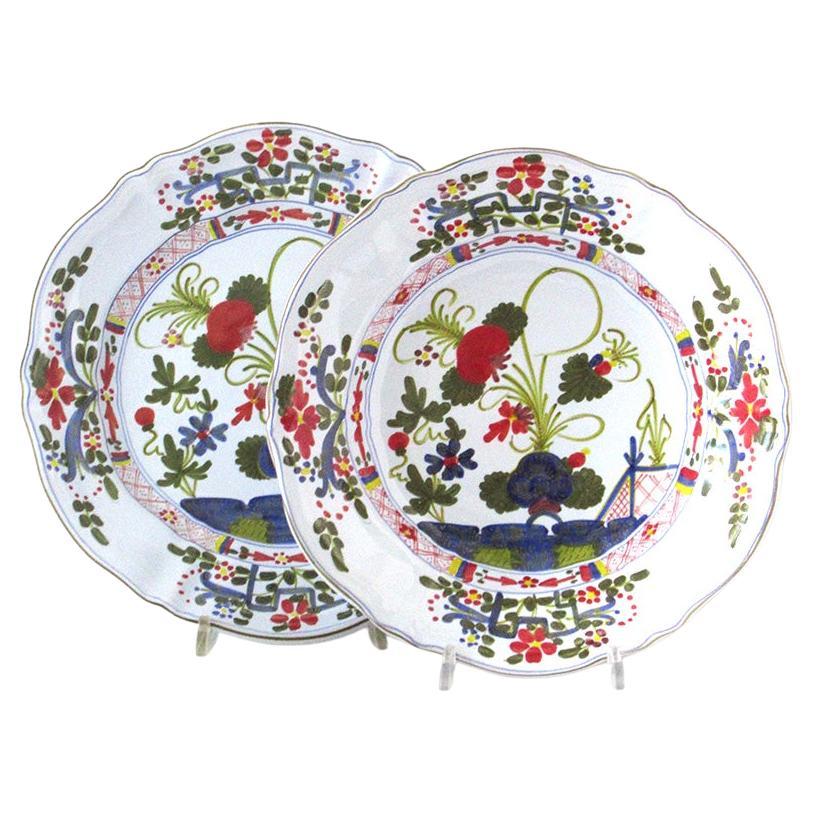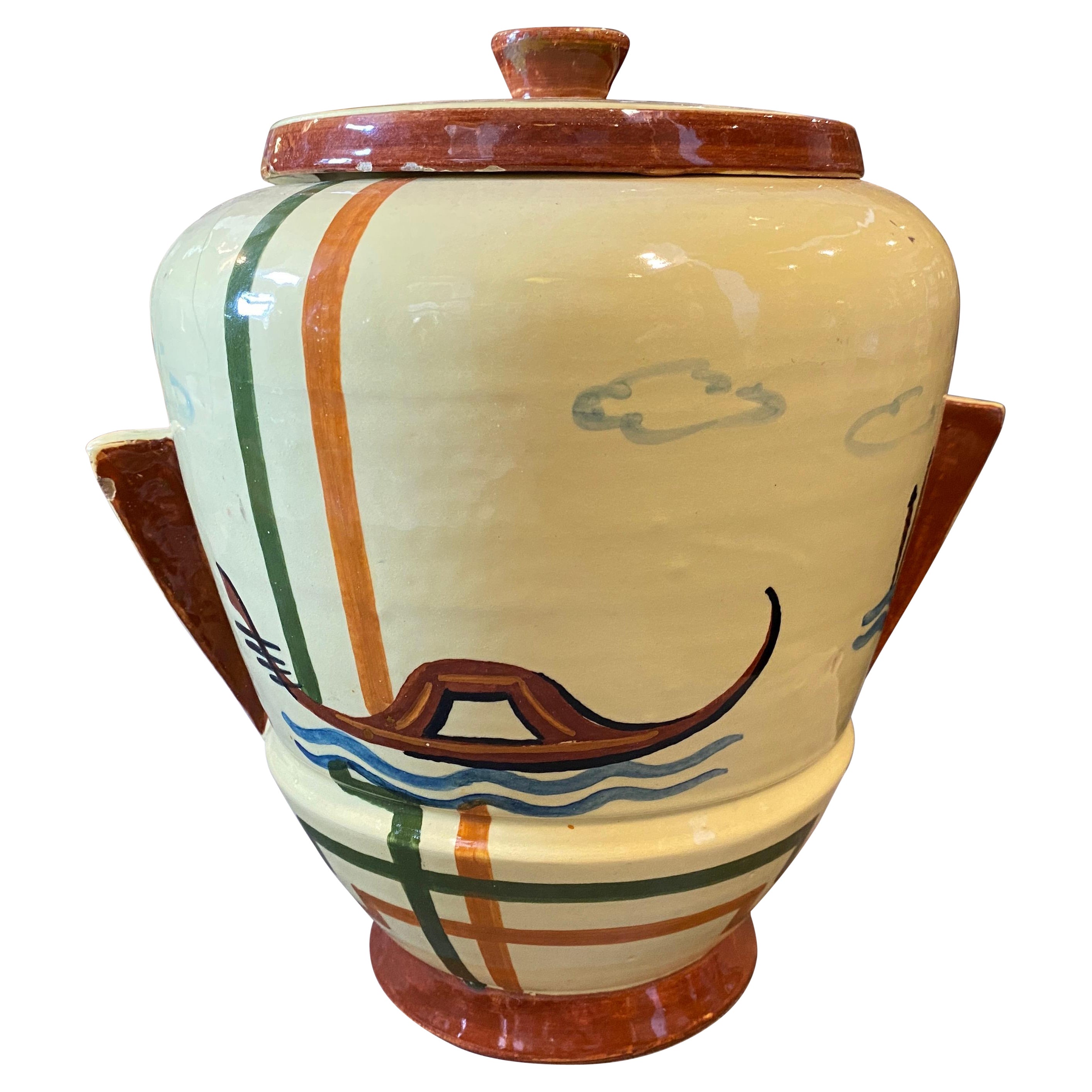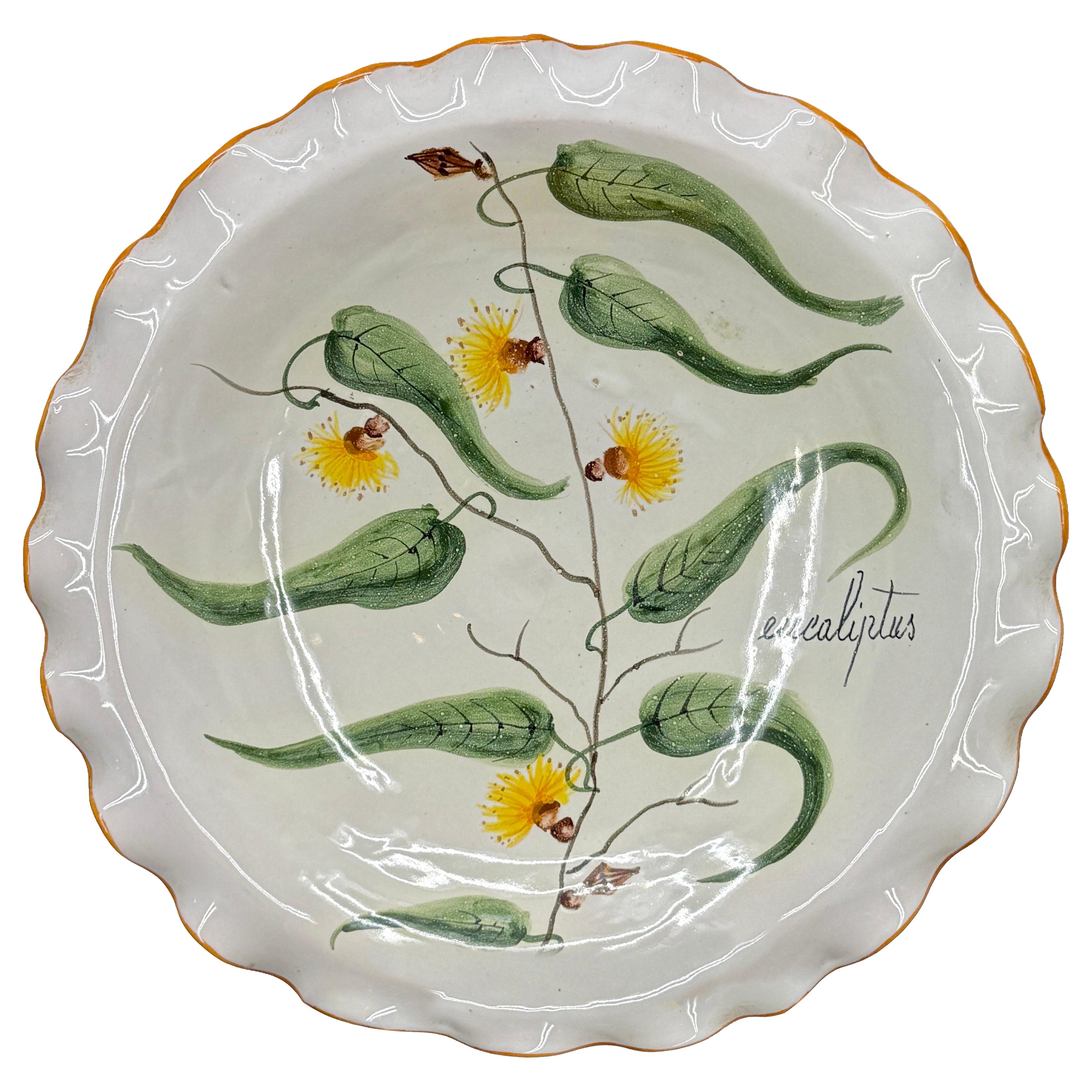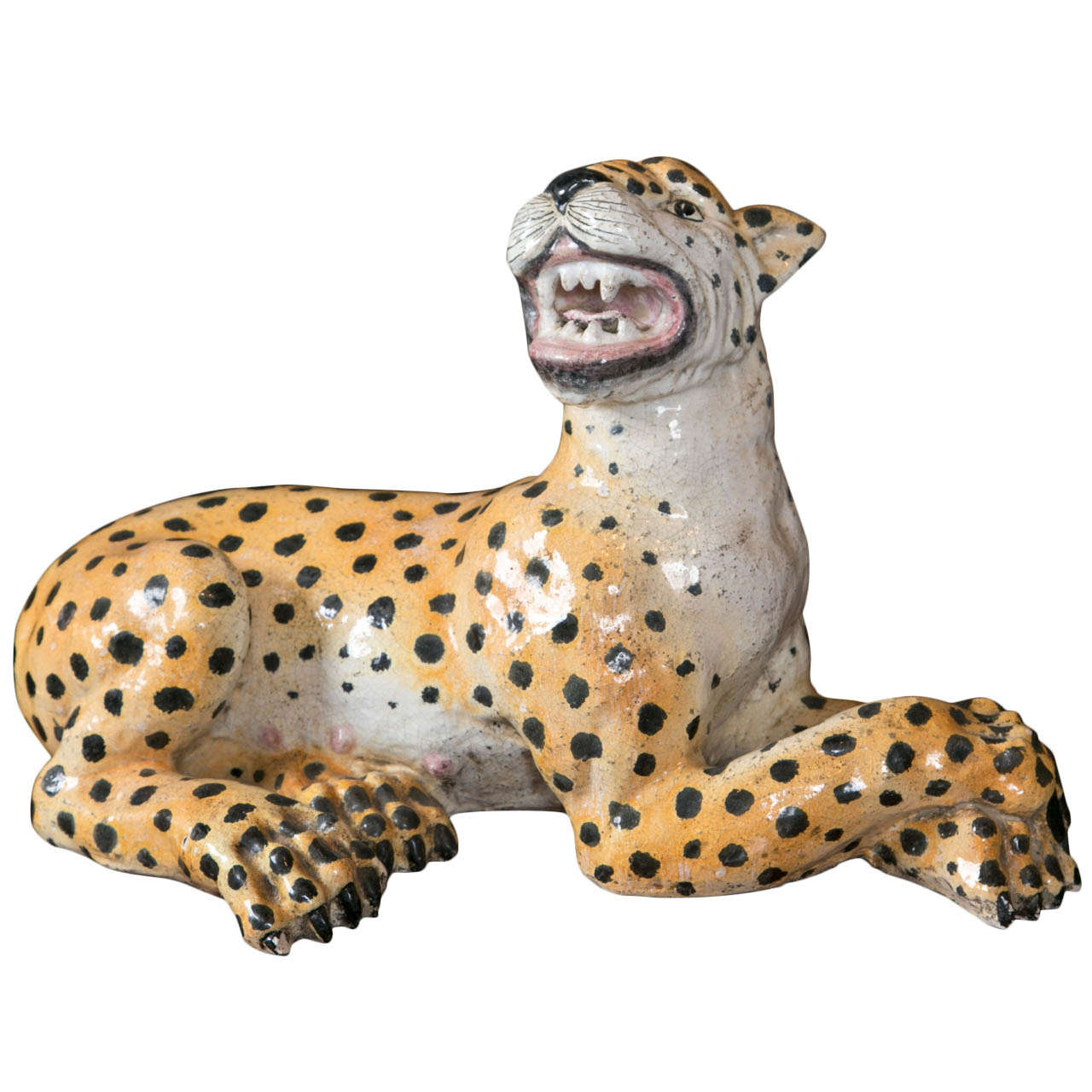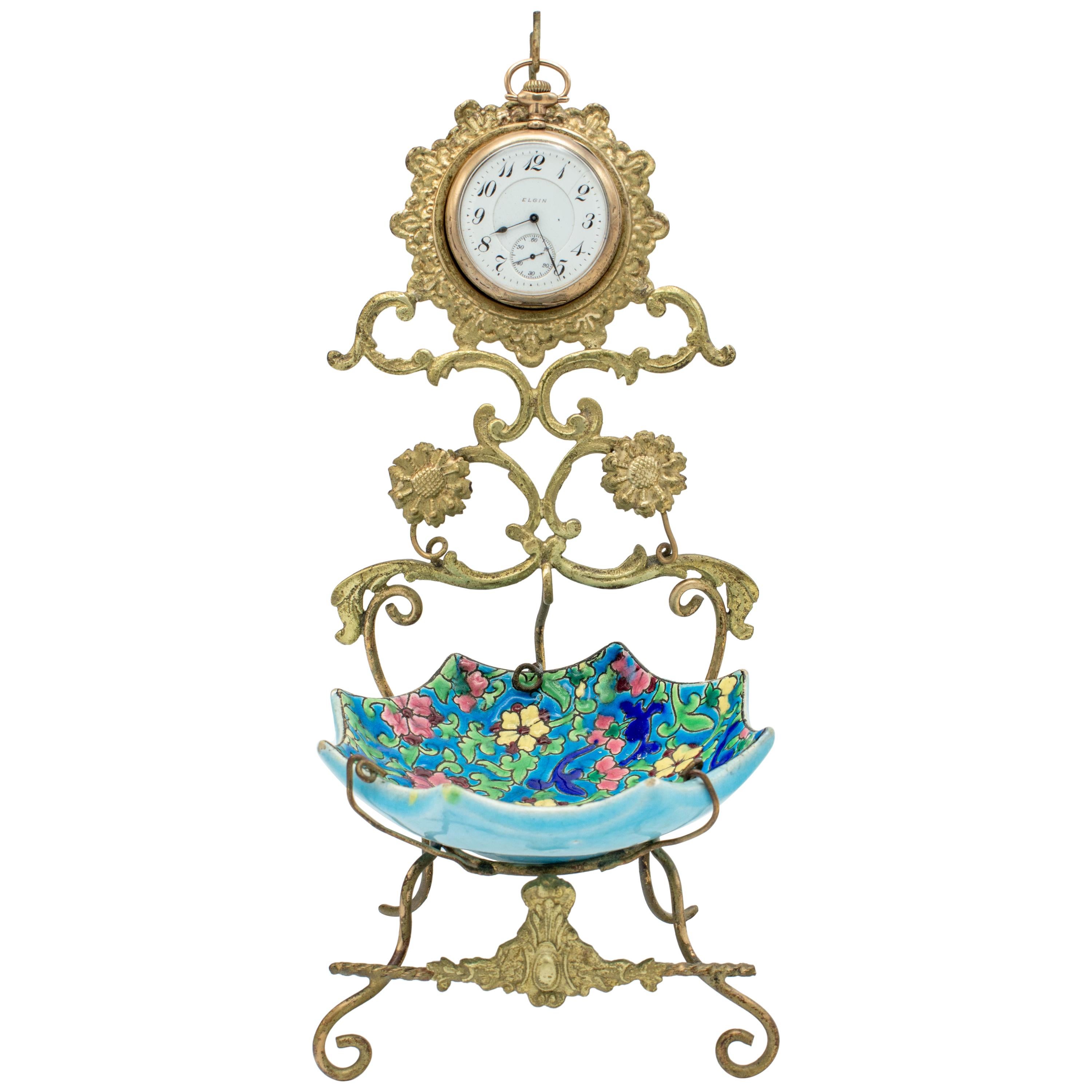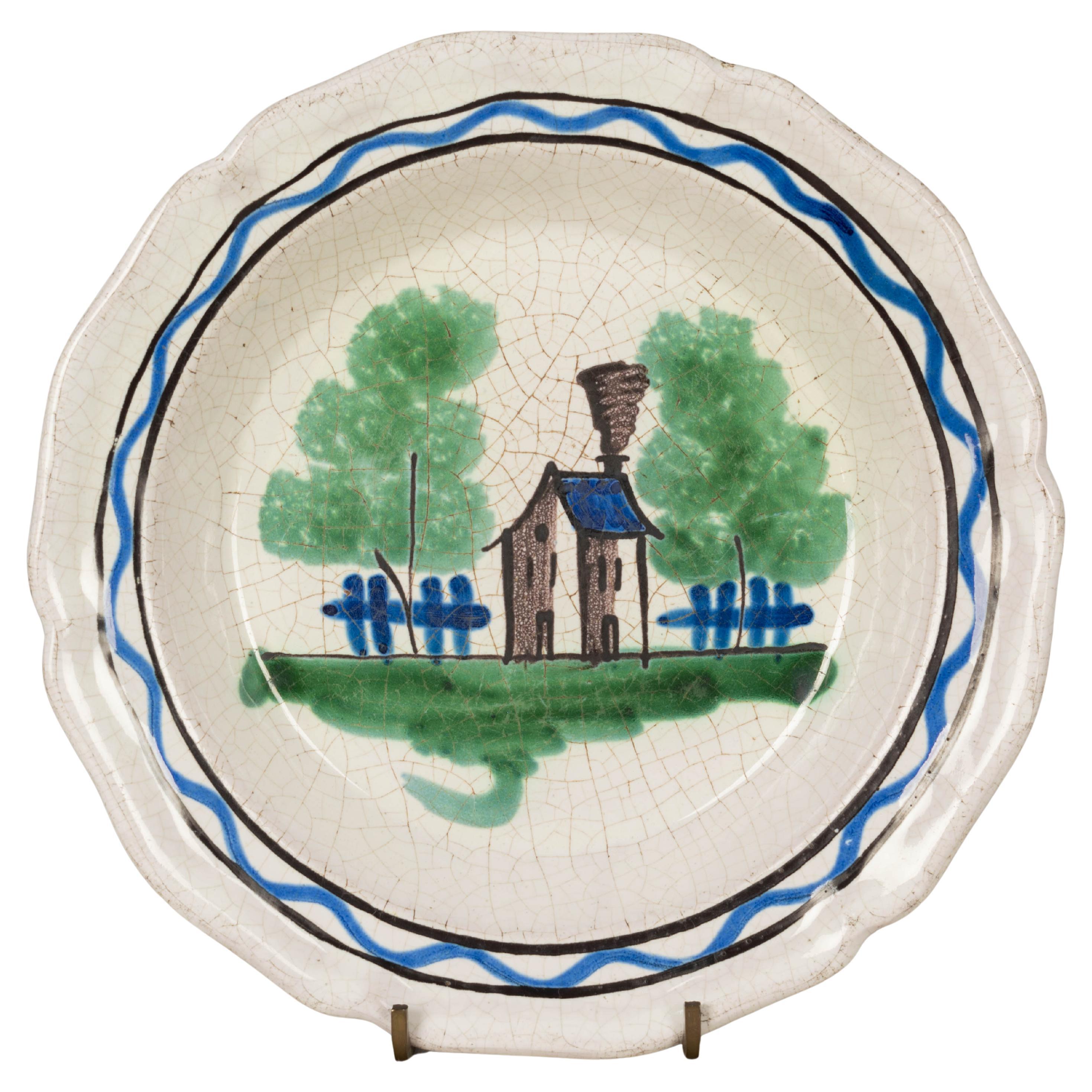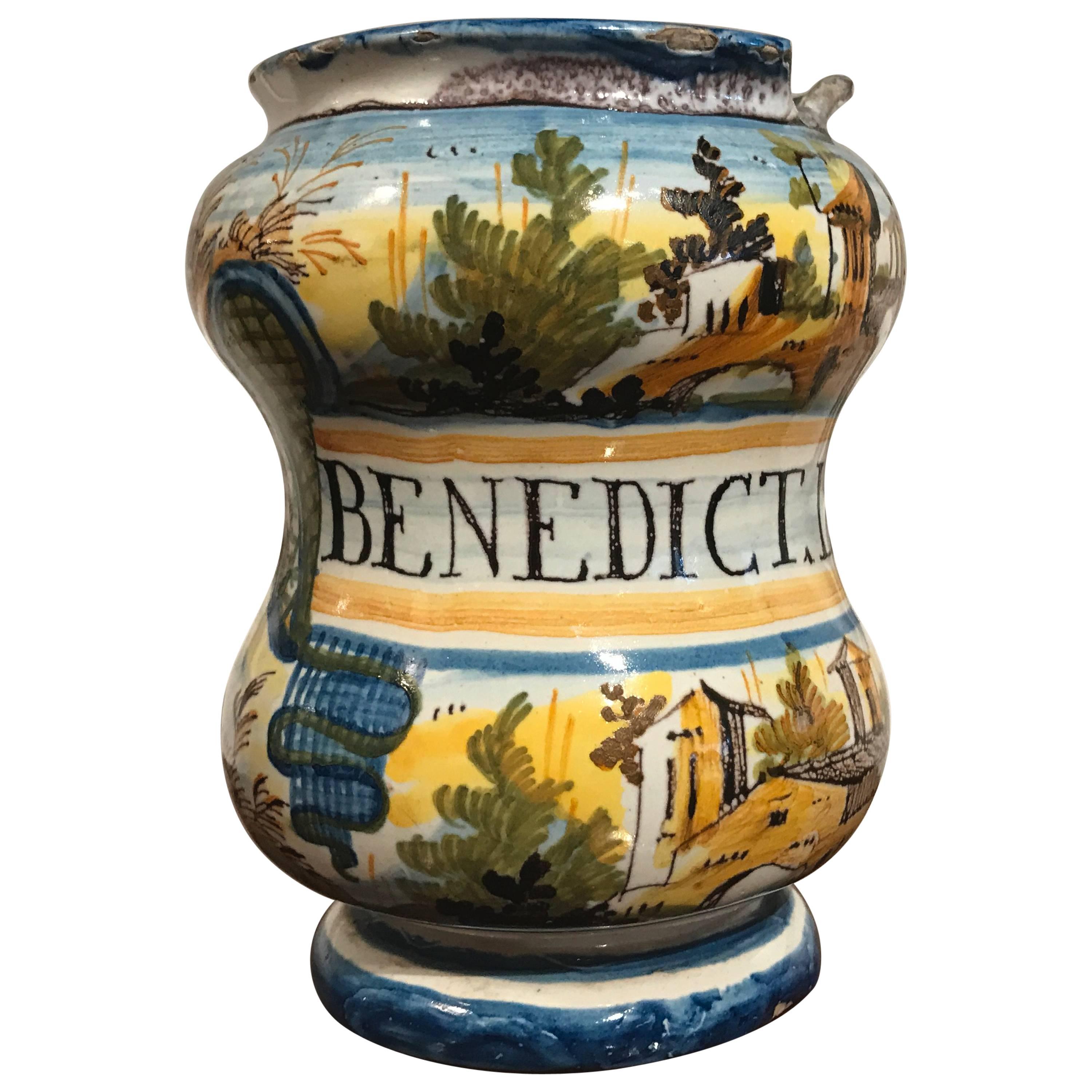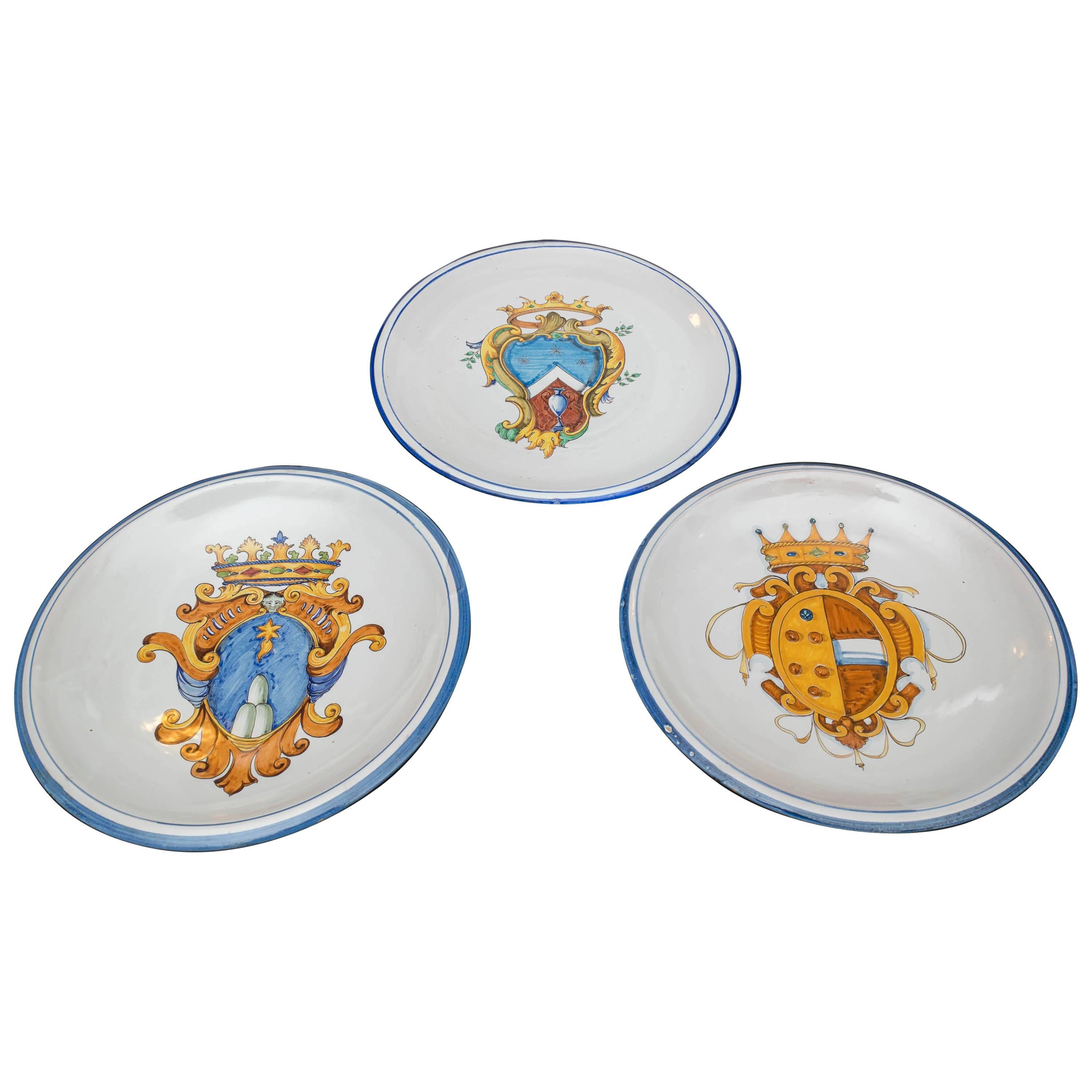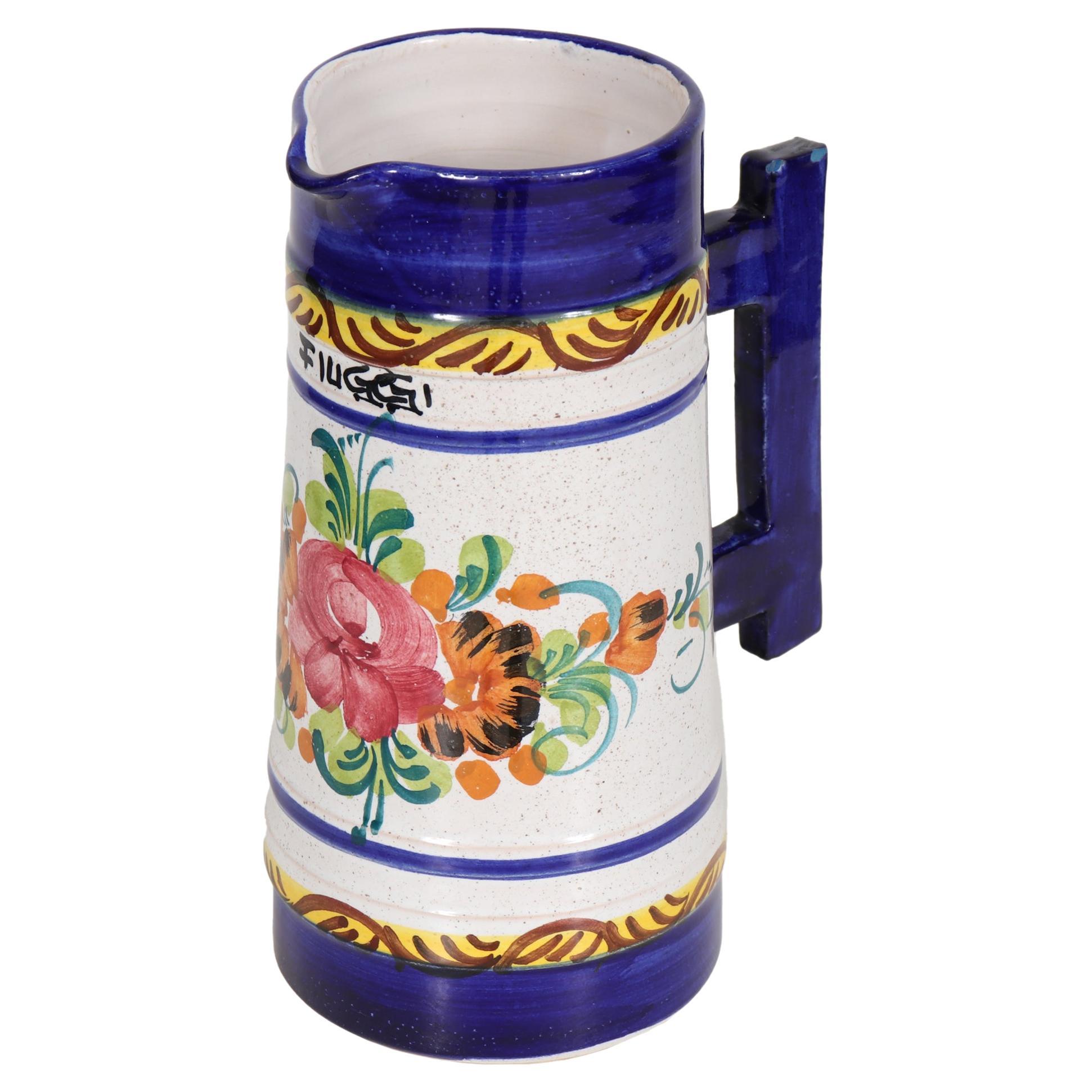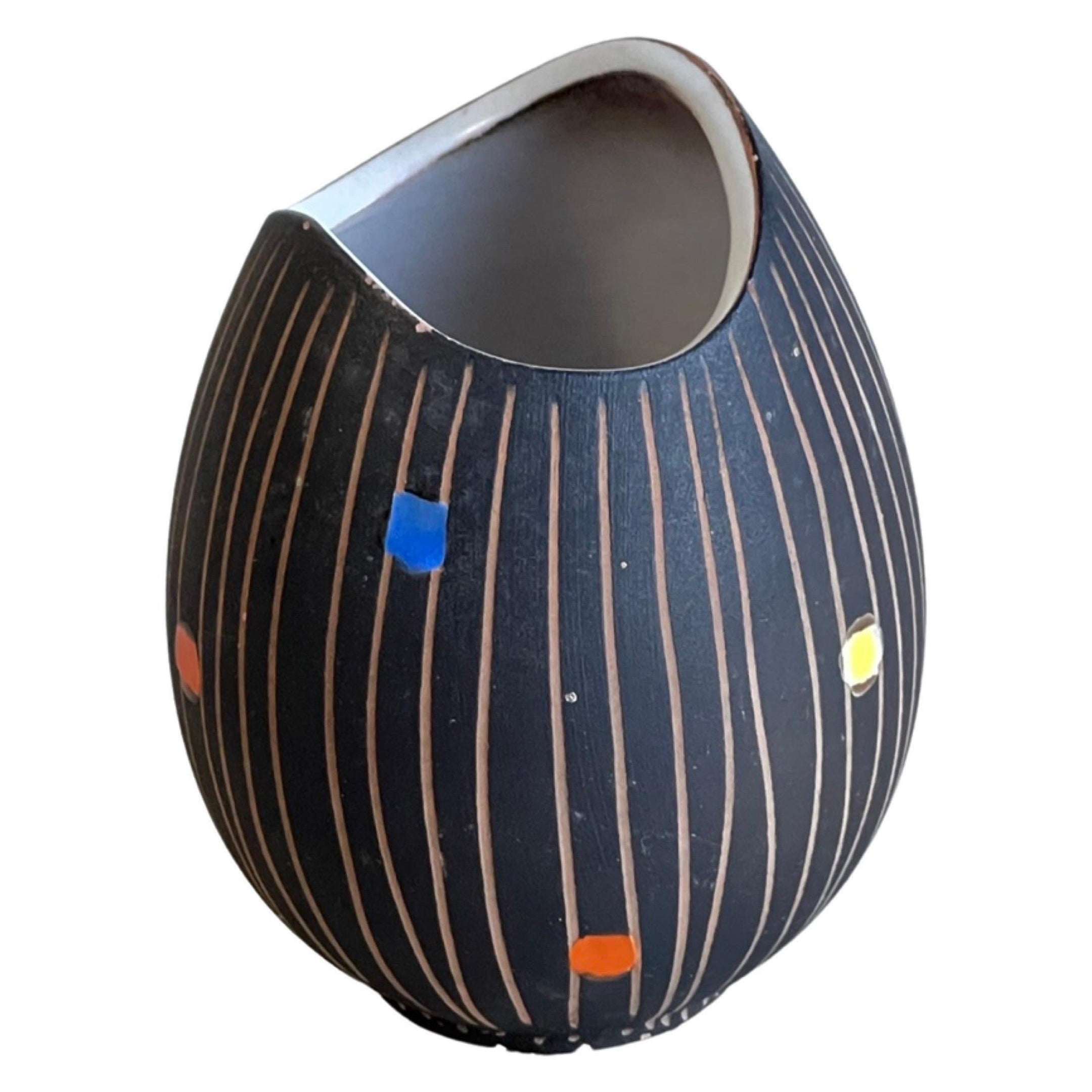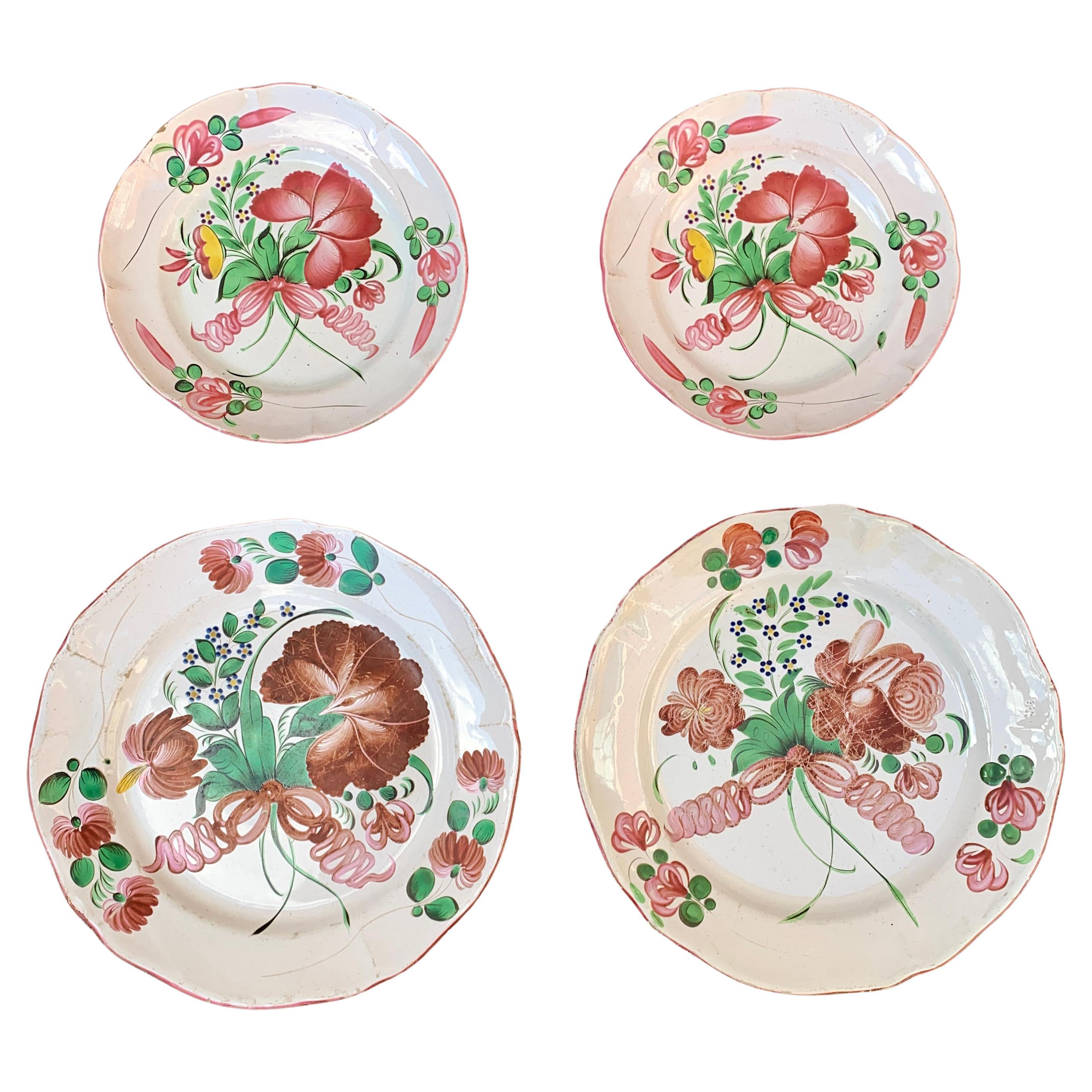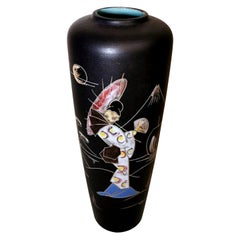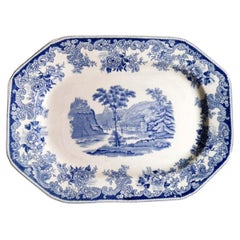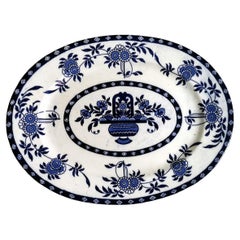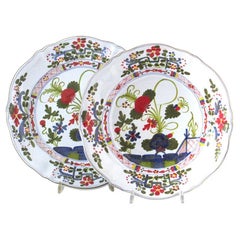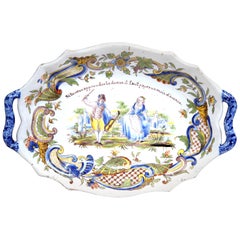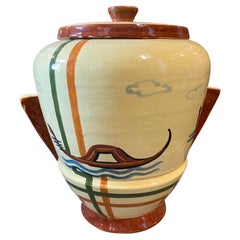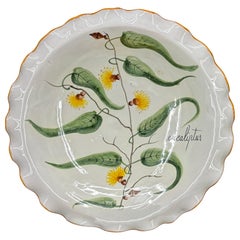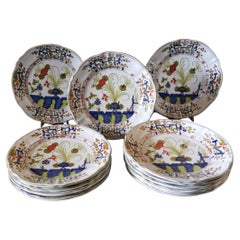
Faenza Italian Ceramic 12 Hand-Painted Tableware with "Garofano" Decoration
View Similar Items
Want more images or videos?
Request additional images or videos from the seller
1 of 17
Faenza Italian Ceramic 12 Hand-Painted Tableware with "Garofano" Decoration
Price:$717
$966.47List Price
About the Item
- Dimensions:Height: 1.19 in (3 cm)Diameter: 9.85 in (25 cm)
- Sold As:Set of 12
- Style:Chinoiserie (In the Style Of)
- Materials and Techniques:
- Place of Origin:
- Period:
- Date of Manufacture:1975-1979
- Condition:Wear consistent with age and use. The plates are in good condition, small differences in color or slight imperfections are considered proof of craftsmanship.
- Seller Location:Prato, IT
- Reference Number:1stDibs: LU4632227483362
About the Seller
5.0
Platinum Seller
Premium sellers with a 4.7+ rating and 24-hour response times
Established in 1977
1stDibs seller since 2019
285 sales on 1stDibs
Authenticity Guarantee
In the unlikely event there’s an issue with an item’s authenticity, contact us within 1 year for a full refund. DetailsMoney-Back Guarantee
If your item is not as described, is damaged in transit, or does not arrive, contact us within 7 days for a full refund. Details24-Hour Cancellation
You have a 24-hour grace period in which to reconsider your purchase, with no questions asked.Vetted Professional Sellers
Our world-class sellers must adhere to strict standards for service and quality, maintaining the integrity of our listings.Price-Match Guarantee
If you find that a seller listed the same item for a lower price elsewhere, we’ll match it.Trusted Global Delivery
Our best-in-class carrier network provides specialized shipping options worldwide, including custom delivery.More From This Seller
View AllDeruta Set Of 5 Italian Ceramic Plates With Cobalt Blue Decorations
Located in Prato, Tuscany
We kindly encourage you to carefully read the description below, which provides detailed technical and historical information to ensure the authenticity of our artifacts.
This set in...
Category
Mid-20th Century Italian Neoclassical Revival Ceramics
Materials
Ceramic
Ruscha Keramik Germany Vintage Ceramic Vase With Japanese Decoration
By Ruscha
Located in Prato, Tuscany
We kindly suggest you read the whole description, because with it we try to give you detailed technical and historical information to guarantee the authenticity of our objects.
Black ceramic vase with Japanese decoration painted and enameled in relief, this vintage product was made between 1960 and 1965 by Ruscha Keramik...
Category
Mid-20th Century German Mid-Century Modern Ceramics
Materials
Ceramic
Copeland-Spode English Tray With Blue Transferware Decorations
By Copeland Spode
Located in Prato, Tuscany
We kindly suggest you read the whole description, because with it we try to give you detailed technical and historical information to guarantee the authenticity of our objects.
Elegant and refined English octagonal ceramic tray; on the white background, soft and rich blue decorations have been executed using the transferware method; in the center we find the poetic and graceful representation of the Severn River and the town of Bridgnorth (the name of this decoration is "Severn"), while the edges of the tray are adorned with sumptuous and spectacular flower and leaf decorations. The Severn River is the longest river in the United Kingdom (350 km), rising in Wales and flowing into the Bristol Channel; Bridgnorth is an ancient Saxon settlement; observing the view of the river and town from his castle at Bridgnorth King Charles I Stuart (1600-1649) said "the most beautiful sight in all my kingdom". On the back of the tray there are 3 imprinted marks including one with final number 14, then we find in the center a blue mark, these indicate to us exactly that the tray was produced in Stoke-on-Trent by the Copeland-Spode company in 1914 (see mark no.1079 p.172 of "Encyclopaedia of British Pottery and Porcelain Mark). The Spode firm was founded in the heart of the Potteries - Stoke-on-Trent by Josiah Spode in 1770. Josiah Spode is most famous for developing the specific design technique that meant underglaze transfers could be printed on earthenware. Later, focusing on porcelain production, Josiah Spode pioneered the development of a new form of porcelain, originally called "Stoke China...
Category
Early 20th Century British Victorian Ceramics
Materials
Ceramic
Staffordshire Potteries English Tray with Blue Transferware Decorations
By Clementson Brothers
Located in Prato, Tuscany
We kindly suggest you read the whole description, because with it we try to give you detailed technical and historical information to guarantee the authenticity of our objects.
Lovely and refined English oval ceramic tray; elegant and rich blue decorations have been executed on the white background using the transferware method; the mark on the back tells us exactly that the object was produced by the Clementson Brothers LTD Company between 1901 and 1913 at the Phoenix factory in Shelton, the company made a wide range of objects with this decoration called "Delf" ( see mark no.909 p.150 of "Encyclopaedia of British Pottery and Porcelain Mark"). Transferware, which was very fashionable in the Victorian period, refers to glazed and decorated pottery with a specific treatment that they produced in Staffordshire, England; they used copper plates on which the design was engraved, the plate was then inked and the design transferred to a special fabric that was later placed on the pottery (plates, trays, tureens, etc.) which was glazed and fired; the first to use this printing process were John Sadler and Guy Green of Liverpool in 1756. If we look at the pottery made by this method we will notice that the designs are not perfect and often the ink is smudged: this is their characteristic. A hand-painted plate service could afford few English families, with this method even middle-class families could have a decorated plate service. The Clementson Firm was founded in 1839 by Joseph Clementson, who retired from the business in 1867, leaving the factory to his four sons and son...
Category
Early 20th Century British Victorian Ceramics
Materials
Ceramic
Vintage French Rose Glazed Earthenware Centerpiece Woven Tableware
Located in Prato, Tuscany
We kindly suggest you read the whole description, because with it we try to give you detailed technical and historical information to guarantee the authenticity of our objects.
Orig...
Category
Mid-20th Century French French Provincial Ceramics
Materials
Ceramic
Art Decò Green Enameled Terracotta Vase with Pure Gold Decorations, France
By Sainte Radegonde
Located in Prato, Tuscany
We kindly suggest you read the whole description, because with it we try to give you detailed technical and historical information to guarantee the authenticity of our objects.
Parti...
Category
Mid-20th Century French Art Deco Ceramics
Materials
Terracotta
You May Also Like
Dinner set for 6 (12 pieces) Hand Painted Italian Faience Garofano Faenza
Located in London, GB
Hand painted dinner ware set with Garofano pattern (6 covers - 12 pieces: 6 soup bowls and 6 plates) hand-painted majolica from Faenza, Italy .
Created and decorated entirely by hand by master craftsmen from Faenza, Italy.
The set can be fully customised in terms of number of place settings and additional bespoke elements that can be added to complement the set: side dishes, serving plates, trays and many more.
Faenza, located between the Adriatic Sea and Bologna, is known as the “City of Ceramics.” The term faience is a French version of the town’s name.
Faience (majolica) production occurred in Faenza during the Middle Ages. In the 1500s, a week-long fair took place where local ceramic manufacturers set up stalls.
Faenza majolica was highly regarded among the wealthy, many of whom commissioned ceramic mastesr to create pieces featuring heraldry, hunting, and mythological designs. During the Renaissance, Faenza became well known for its “beautiful lady” plates...
Category
21st Century and Contemporary Italian Renaissance Revival Dinner Plates
Materials
Ceramic, Faience, Majolica
19th Century French Hand Painted Oval Faience Wall Platter from Rouen
By Rouen
Located in Dallas, TX
This beautiful antique ceramic dish was crafted in Normandy, France, circa 1880. The stylized ceramic plate has a scalloped edge and depicts a han...
Category
Antique Late 19th Century French Delft and Faience
Materials
Faience
1930s Art Deco Hand-Painted Italian Ceramic Biscuit Box by Ceramiche Faenza
By Ceramiche Faenza
Located in Aci Castello, IT
A stylish Art Deco yellow, brown and green ceramic biscuit box hand-crafted and painted in Faenza, signed on the bottom. The biscuit box has the d...
Category
Mid-20th Century Italian Art Deco Ceramics
Materials
Ceramic
Vintage Hand Painted Italian Faience Ceramic Bowl
Located in Haddonfield, NJ
Fantastic ceramic bowl with hand painted eucalyptus leaves. Great serving piece to add to existing collection of these colorful bowls. Could be used as a fruit bowl on a kitchen coun...
Category
Mid-20th Century Italian Delft and Faience
Materials
Ceramic, Faience, Paint
Large Ceramic Leopard
Located in Stamford, CT
A large English terracotta figure of a leopard.
Category
Antique 19th Century British Ceramics
Materials
Ceramic
$3,600
French Ceramic Longwy Pocket Watch Stand
By Faïenceries et Emaux de Longwy
Located in Winter Park, FL
A French gilt metal pocket watch stand with Longwy faience dish to hold rings and jewelry. Beautiful cloisonné enamel floral design with vibrant co...
Category
20th Century French Art Deco Delft and Faience
Materials
Metal
Recently Viewed
View AllMore Ways To Browse
Blue Carnation Plate
Garofano Faenza
Hartford Silver
Antique Chinese Charger Plates
Blue And White Ironstone
English Ironstone Chinoiserie
Lane Record
16th Century Spanish Silver
19th Century White Ironstone
Antique Majolica Figure
Austrian Reverse Glass
Enamelled Mugs
Sake Cup
Spongeware Antique
19th Century Famille Rose Bowl
Imari Ironstone
Antique Ironstone Bowl
Pairs Of Majolica Plates
